Talk Archives
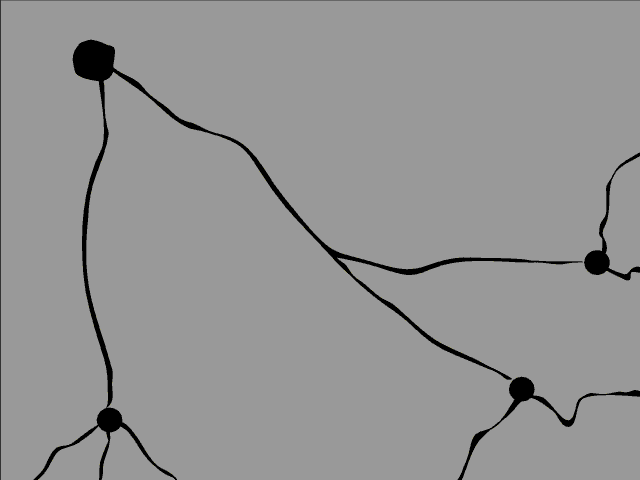
Exploring Myths About Addiction
Drug addiction is a subject of national concern. Dr. Erickson shares commonly held myths about addiction as well as explaining the working of the brain and the effect of some drugs on neural pathways.

Energy: A Global Challenge
Global energy reserves have been a national concern since the first oil crisis more than two decades ago, and the recent debate on national energy policy has brought this topic back into public discourse. Dr. William Fisher discusses the history of global energy usage and tell us what he believes the future is for energy and energy resources.
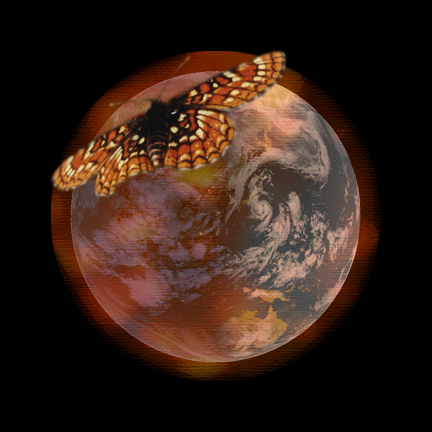
Global Warming: Impacts of Wildlife and Society
Over the past century the actions of human civilization caused changes in global climate. Dr. Camille Parmesan discusses global warming and its effects on animals and people, in particular her work with Edith’s Checkerspot Butterfly on the U.S. west coast.

Tracking Tornadoes: Examples from Oklahoma and Texas
Have you ever wondered about all the satelllite and radar displays that you see on TV and what that information means? Radar and satellite technology has progressed to the point that we can “see” small scale features in the atmosphere. Using recent examples from tornadoes in Oklahoma City and Jarrell, Texas, Troy Kimmel discusses tornado detection and the radar and satellite signatures that are commonly seen.
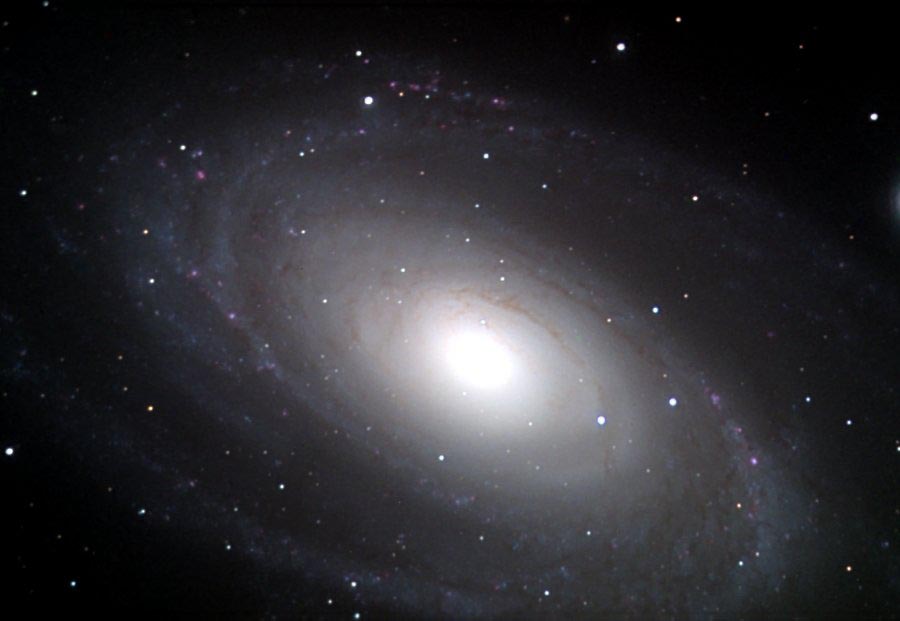
Origins of the Universe
There have been many ideas and speculation about the age and origin of the Universe. There are four major discoveries that have led us to believe that the universe started in a giant explosion about 13 billion years ago. Dr. Frank Bash discusses the major discoveries including the fact that the sky is dark at night, that galaxies expand away from us, that if we look far enough we can see the birth, and that the amount of helium is consistent with this explosion picture.
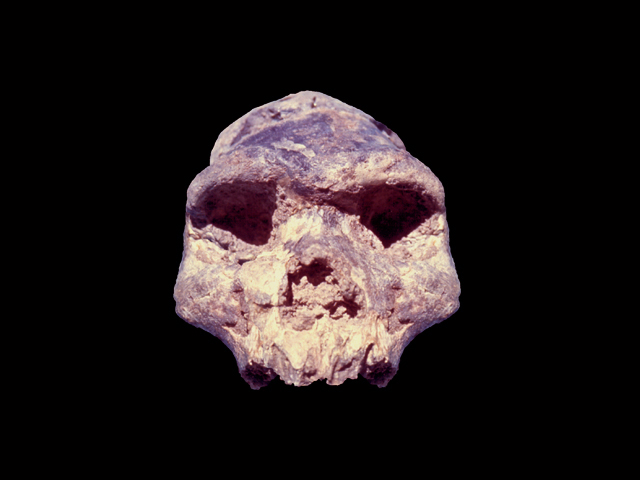
Ancestors of Us All: Recent Discoveries in Human Origins and Evolution
The subject of human origins and evolution has witnessed a revolution during the past 30 years. Dr. Kappelman presents some the high points of this revolution and discusses how the recovery of new fossil specimens has changed our understanding of the timing of hominid origins and the sorts of selection pressures that drove the evolution of bipedalism.

Sexual Selection
Darwin’s second great theory, sexual selection, attempts to explain why males are males and females are females. Dr. Michael Ryan explores the diversity of differences between male and female animals, asks why such differences have evolved, and touches upon some of the differences between males and females in our own species.
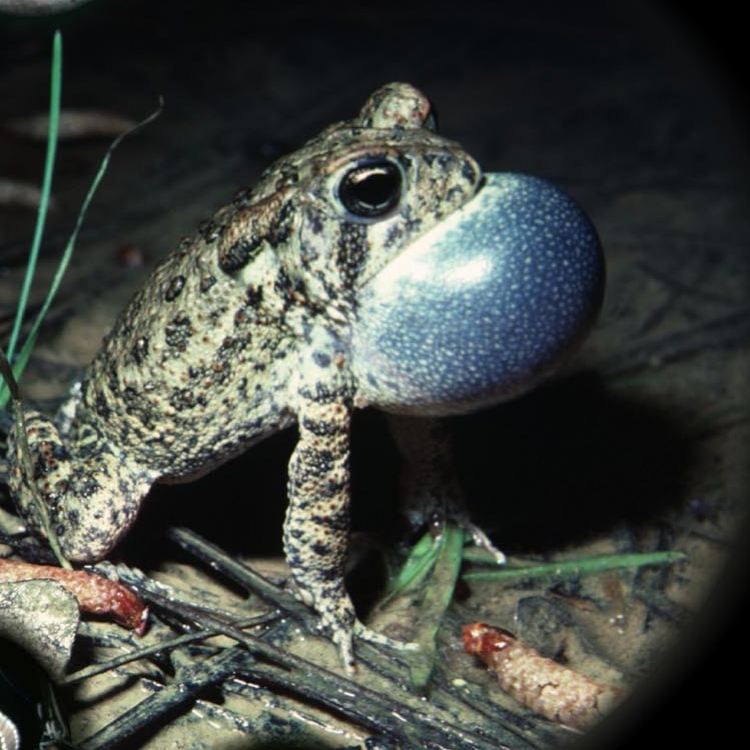
Hotspot of Biodiversity: Unique and Endangered Animals of Central Texas
Central Texas is recognized as a hotspot of biodiversity on an international scale. Many species of animals are found nowhere else in the world, and discoveries of new species are still occurring in the region. Dr. David Hillis shares the unique biological community of Central Texas an dhow this diversity is endangered by habit destruction and the introduction of exotic species.
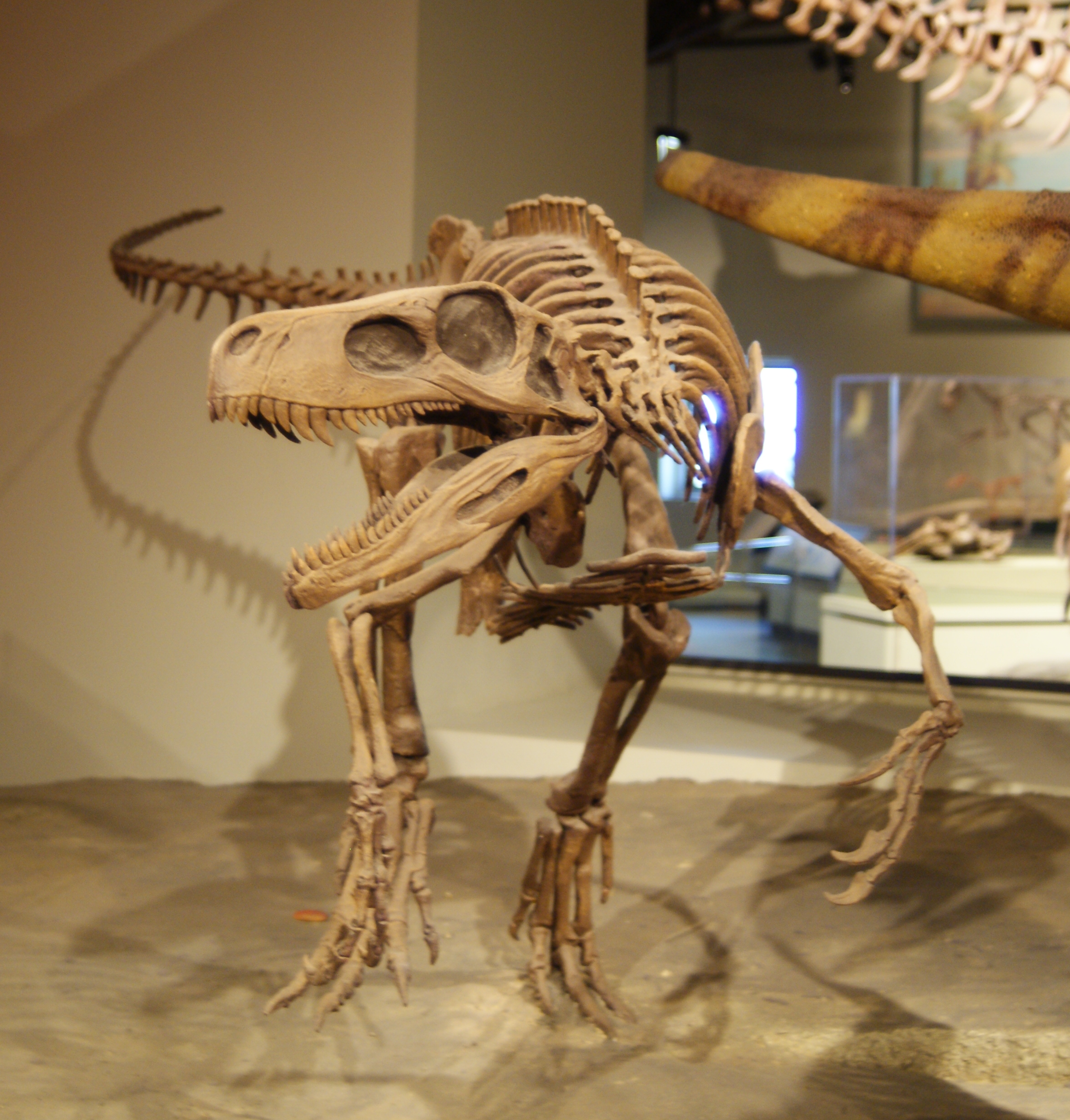
The Age of Dinosaurs?
with Kyoko Kishi, John w. Merch, Jr., and Matthew Colbert
Over the last decades, the application of modern systematic techniques to dinosaurs produced a great shift in our understanding, as we realized that birds were the living descendants of Mesozoic dinosaurs. Dr. Timothy Rowe and his colleagues share the anatomy and Earth history that led scientists to this conclusion.
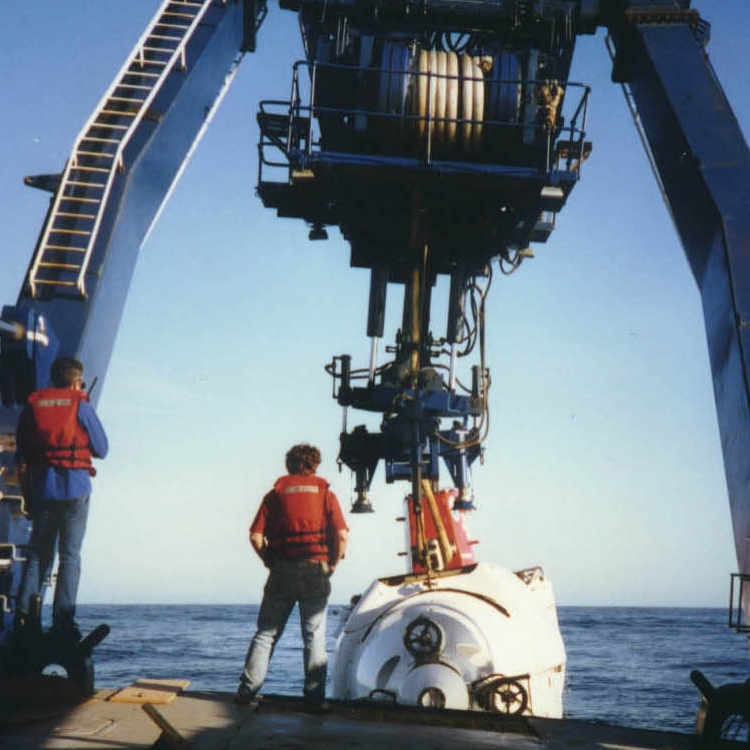
Voyage to the Bottom of the Sea
In 1977, scientists in the Galapagos Ridge made a fantastic discovery: springs of warm water emerging from the ocean floor where water temperatures are near freezing, and an abundance of life in what was previously considered a desert. New life forms were discovered at these vents, in an ecosystem that seemed to be completely independent of the Earth’s surface. Dr. Henrietta Edmonds shares the exploration of the seafloor and the discovery of hydrothermal vents.